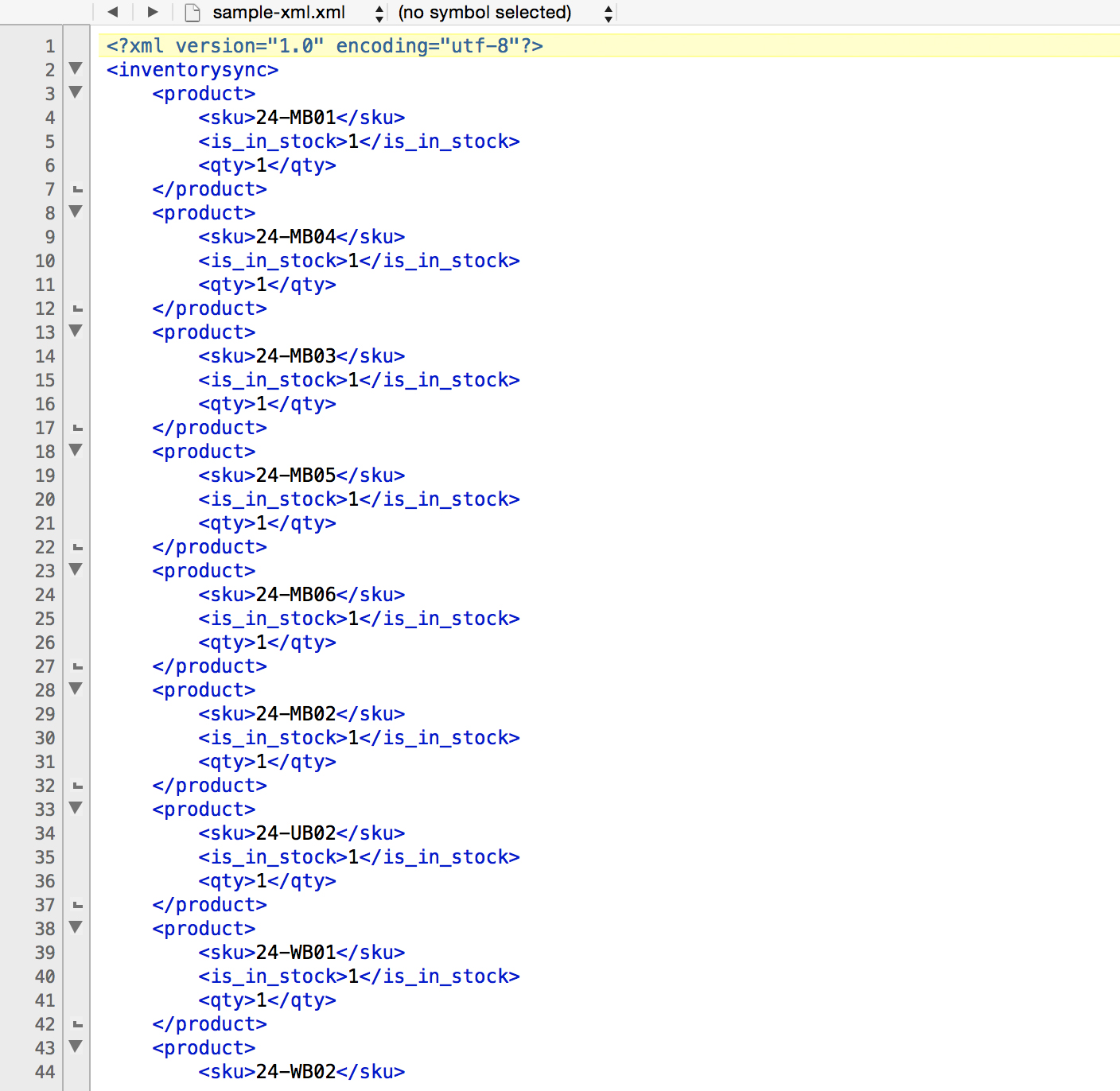


Sublime Text recognizes that I already have a elsewhere, so when I start my second section, I very quickly (and automatically) get a short list of choices as I type, with the one I want at the top of the list, or close to it. Invest a little time early on to learn, and configure, your editor and you can be even more efficient about capturing your ideas with a minimum of overhead and interference.
#Textwrangler xml formatter how to
If you are writing a book, or if you are collaborating with co-authors, then you owe it to yourself and your co-authors to learn how to use revision control, which works well with PreTeXt. The hands-down favorite is git which has a steep learning curve, and so is beyond the scope of this guide. #TEXTWRANGLER FORMAT XML HOW TO#īut see (((topic-git-coexistence))) which has hints on how to best use git together with a PreTeXt project and look for Beezer and Farmer's Git For Authors. The term whitespace refers to characters you type but typically do not see. For us they are space, non-breaking space, tab and newline (also known as a “carriage return” and/or “line feed”). Unlike some other markup languages, PreTeXt does not ever use whitespace to convey formatting information. In some parts of a PreTeXt document, every single whitespace character is important and will be transmitted to your output, such as in the and portions of a element.
#Textwrangler xml formatter code
Since Sage code mostly follows Python syntax, indentation is important and leading spaces must be preserved. #TEXTWRANGLER FORMAT XML CODE#īut you can indent all of your code to match your XML indentation and the entire (or ) content will be uniformly shifted left to the margin in your final output. In other parts of a PreTeXt document, every single whitespace character is ignored, and you have the freedom to use indentation and blank lines to help you understand the logical structure of your document. An example is that you can add as much whitespace as you like between the paragraphs of a section, such as a preceding blank line and indentation, and none of it will affect your output in any way. Never use tabs, they can only cause problems. You may be able to set your editor to translate the tab key to a certain number of spaces, or to translate tabs to spaces when you save a file (and these behaviors are useful). I have Sublime Text configured to show me every single space as a small faint dot, since I like to be certain I have no stray whitespace anywhere. Books contain chapters, chapters contain sections, sections contain paragraphs, etc. I like to reflect each new level of containment by consistently indenting four spaces (you might prefer two spaces).


 0 kommentar(er)
0 kommentar(er)
